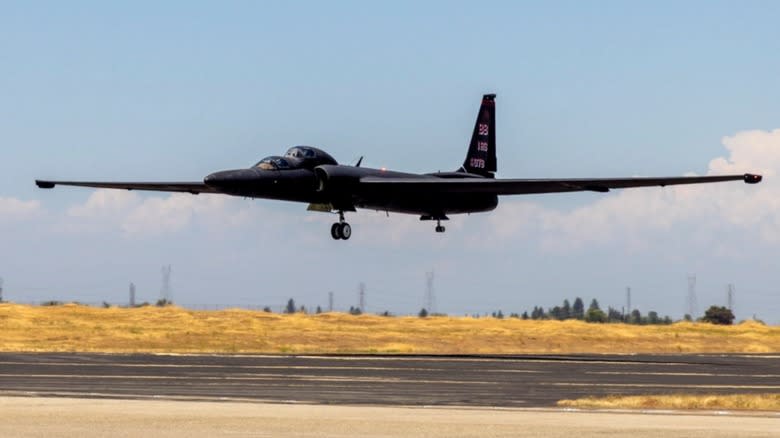
Not many 70-year-olds can set endurance or distance records. But the U-2 spy plane did both on July 31. It took off from Beale Air Force Base in California and flew a zig-zag lap around the continental United States, flying over each of the lower 48 states. By the time it landed 14 hours later, it had flown 6,000 nautical miles and had set a new record for the longest and farthest flight of any plane in its class.
The actual plane used for this historic flight wasn't 70 years old, but the U-2 as a model has been in service since 1955. In that time, it has made quite the name for itself, being used in numerous major conflicts around the world. It's so versatile that it has done everything from gathering intelligence over the Soviet Union to helping out with border control to chasing a Chinese spy balloon to conducting scientific research for NASA.
But what else would you expect from an airplane that can fly to the edge of space at 70,000 feet? We're talking about a plane that has been able to evade detection over enemy territory for decades of flights, even as anti-aircraft technology has consistently become more sophisticated. And the July flight demonstrated that the U-2 is still an exceptional aircraft. This record flight pushed the known limits of what the plane can do, and provides a fitting swan song for the U-2, which the U.S. Air Force has decided to retire next year.
Read more: Call Me A Luddite, But These Modern Features Only Seem To Make Cars Worse
The First Flight Of The U-2 Was Accidental
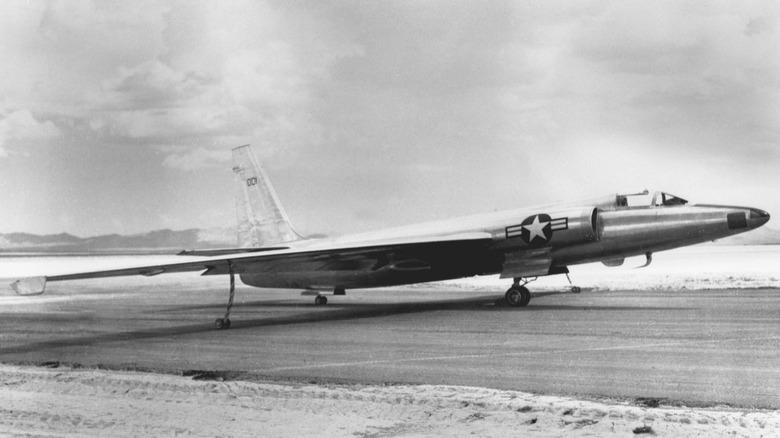
The U-2 had its first flight at none other than Area 51, known at the time as Groom Lake, Nevada. The spy plane, given the designation "CL-282" at first, was developed by Lockheed's semi-secret Skunk Works program for the CIA. Reconnaissance satellites hadn't been developed yet, and the U.S. needed to know what the Soviet military was up to. So the U-2 was developed to penetrate, and take photos, deep into U.S.S.R. airspace.
The U-2 took off for the first time on August 1, 1955, entirely by accident. Lockheed test pilot Tony LeVier was conducting a high-speed taxi test with the plane, not intending to leave the ground. But with an original wingspan of 80 feet (increased to 103 feet in later versions), and a wing area of 600 cubic feet, the U-2 was, and is, essentially a glider. A plane with that much wing and a comparatively small fuselage naturally tends to lift off the ground, which is exactly what it did while LeVier was taxiing it at 70 knots, or around 80 miles per hour.
LeVier had some trouble landing the plane, but one bounce, a blown tire, some leaking land gear, and burned-out brakes later, he managed to get it down safely. The damage turned out to be minor and the U-2 was repaired in time to take its first officially planned flight a few days later, on August 4.
The U-2 Makes The Cold War Hot
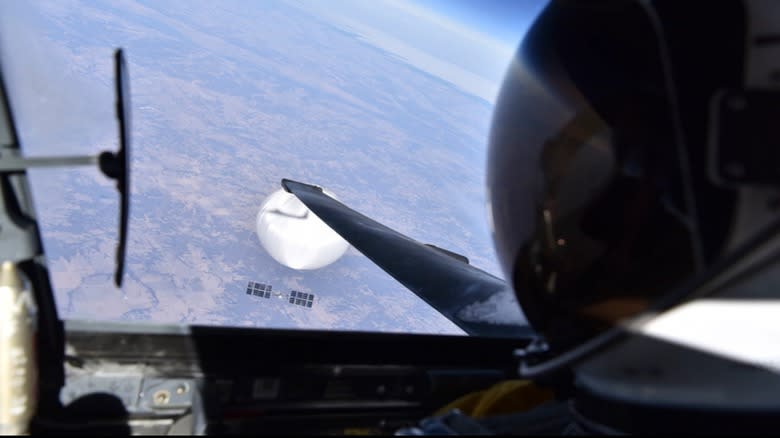
Shortly after the CL-282 was put to use, the U.S. Air Force adopted it, renaming it "U-2". The "U" stood for "Utility" to hide the fact that the plane was to be used for spying. And it spied effectively, taking pictures deep in U.S.S.R. territory, providing invaluable intelligence. Information it gathered would be essential to informing American leaders' decisions for years to come.
All this spying didn't continue without incident, though. An important summit had been planned for May 14, 1960 between U.S. President Dwight D. Eisenhower and Soviet Premier Nikita Khrushchev. But on May 1, a U-2 spy plane was shot down over the Ural Mountains in Russia. The pilot, Francis Gary Powers, was captured by the Soviets, who were incensed at the Americans for spying and invading their airspace. The summit collapsed and U.S.-Soviet tensions increased.
Fast forward to October 14, 1962. U-2 spy planes flying reconnaissance over Cuba photographed a newly built Soviet missile site, sparking a 13-day standoff that ended in the Soviets removing their missiles. A U-2 was actually shot down over Cuba during this crisis, but had U-2 planes not made the discovery when they did, medium-range nukes could have found a permanent home at America's doorstep.
The U-2 would continue to play an important role in intelligence gathering. In early 2023, a strange object in the sky over the American Midwest caught the public's attention. The U-2 was called upon to investigate, and photos were taken from its cockpit. The object turned out to be a Chinese spy balloon, which was evenutally shot down -- but not before the U-2 pilot took a selfie with the balloon.
What Can The U-2 Do?
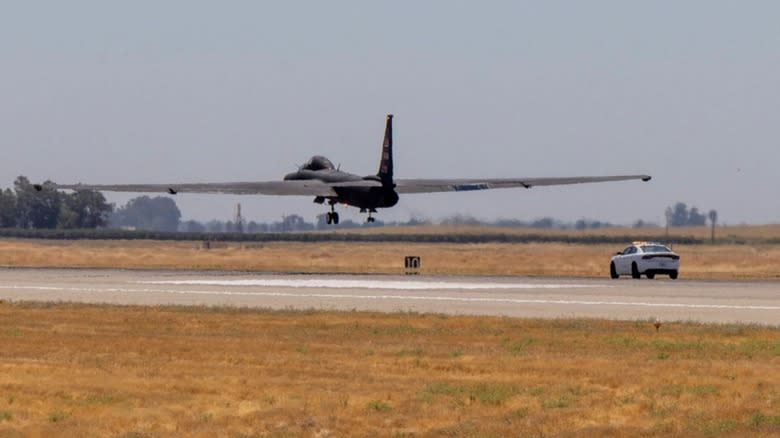
The U-2, also called "The Dragon Lady," can fly right up to the edge of space, at 70,000 feet. Flying at this height has enabled it to penetrate enemy territory and loiter undetected long enough to take high-resolution photos of sensitive sites. It was also used during the Cold War to scan the upper atmosphere for signs of nuclear testing.
Flying this bird isn't easy, though. A day or two before a flight begins, pilots prepare by adjusting their sleeping hours and diet. The diet part is important, as the pilot has to wear an enclosed, pressurized space suit. So you can imagine why eating beans before the flight might be a bad idea. Aboard the plane, pilots are provided with water, their choice of Gatorade, and blended food contained in canisters with a metal straw that can be pushed through a portal in their helmet. Their space suits are equipped with mechanisms that allow them to relieve themselves. This mechanism drains into storage tanks under the seat.
The pilots typically don't gather the intelligence themselves. That's largely handled remotely by someone on the ground while pilots can concentrate on flying the plane.
Landing the plane isn't easy, ether. Its long wingspan creates so much lift that the U-2 keeps trying to glide as the pilot is trying to touch down. This phenomenon is known as "ground effect". Visibility is also an issue, which means that landing requires the use of a chase vehicle.
The U-2 Sets Two More Records
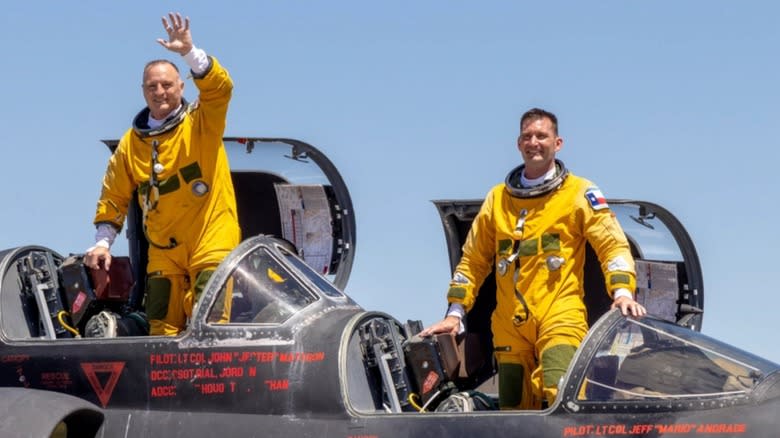
The recent record-breaking flight was called "70 years at 70,000 feet," and took place on July 31, 2025, just under 70 years from the date of that accidental first flight on August 1, 1955. It was first proposed 11 years ago by one of the pilots who would eventually fly the mission, but the brass didn't approve it until the plane's 70th anniversary was coming up.
That pilot who proposed the flight was 64-year-old Cory "Ultralord" Bartholomew, a civilian flight instructor with the 9th Reconnaissance Wing. Bartholomew got his start flying with the Air Force in 1988, later worked as a commercial pilot and flew for NASA, then returned to the Air Force in 2020 as a civilian. The other pilot is a lieutenant colonel known to the public for security reasons only by his call sign, "Jethro." Jethro was the second pilot to reach 3,000 hours flying the U-2 on active duty.
On July 31, they suited up and climbed into a TU-2S, a two-seater version of the U-2, and took off from Beale Air Force Base in California. Flying for 14 hours straight, traveling 6,000 miles, the Air Force said in a news release that the plane had "pushed itself beyond its known limits."
But Bartholomew disputed this in an interview with The War Zone. "The truth is that we didn't really max out the range of the aircraft," he said. "I could go out and do this again next week and make the airplane fly further and longer." The real limitation, he said, was how long the Air Force lets pilots stay in the air during a single flight.
The U-2 May Be Put Out To Pasture Soon
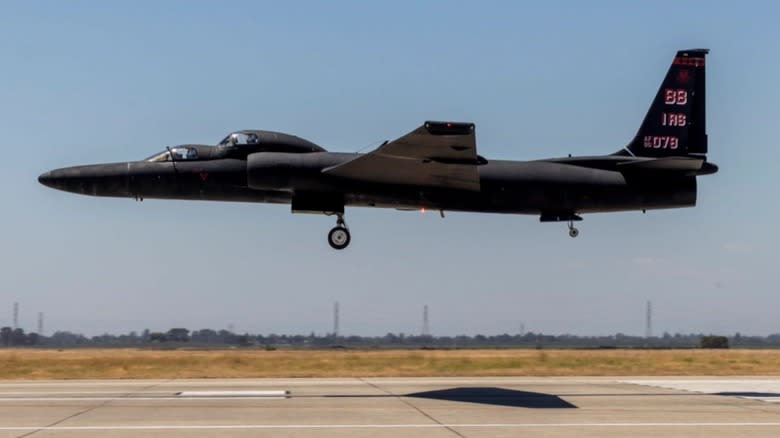
The U-2 proved with the July 31 flight that it's still capable of amazing feats. It can fly higher than any other publicly known non-orbital military aircraft. Still, the Air Force plans to retire it during the 2026 fiscal year. The Defense Department has been wanting to do so for years, and would have already retired it, had Congress not pushed back and kept the U-2 in flight by refusing to let any funds be used to get rid of it.
Congress continues to push back, and the Air Force has paused retirement efforts on the U-2 this year due to actions by the House Appropriations Committee. In fact, the U-2 is still flying missions. But this reprieve is likely temporary. No new U-2s have been built since 1989, which means the planes in the current fleet require a lot of maintenance. Currently, planes that need overhauls are not being placed back in service. The implication is that the fleet could be retired through simple attrition.
Why does the Air Force want to retire such a legend? All of that maintenance is costly. But the military is also concerned that the U-2 won't be able to escape detection over enemy airspace in conflicts with parties like Russia and China, since anti-aircraft technology continues to advance. Even countries that aren't major powers are developing technology that may make the U-2 obsolete.
No replacement for the U-2 has been announced, but some expect it to be the RQ-180 drone, a stealth bomber lookalike also developed at Area 51 and kept at Beale Air Force Base. Whatever the future holds, the legacy of the U-2 will live on.
Want more like this? Join the Jalopnik newsletter to get the latest auto news sent straight to your inbox...
Read the original article on Jalopnik.
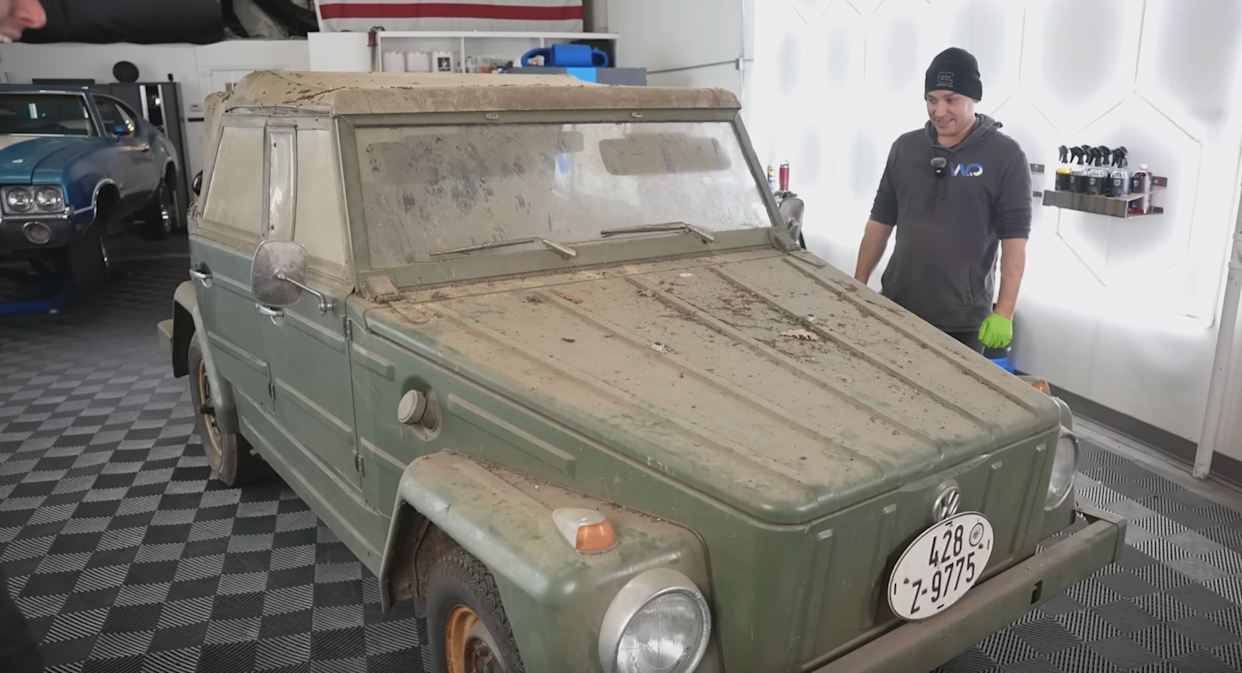


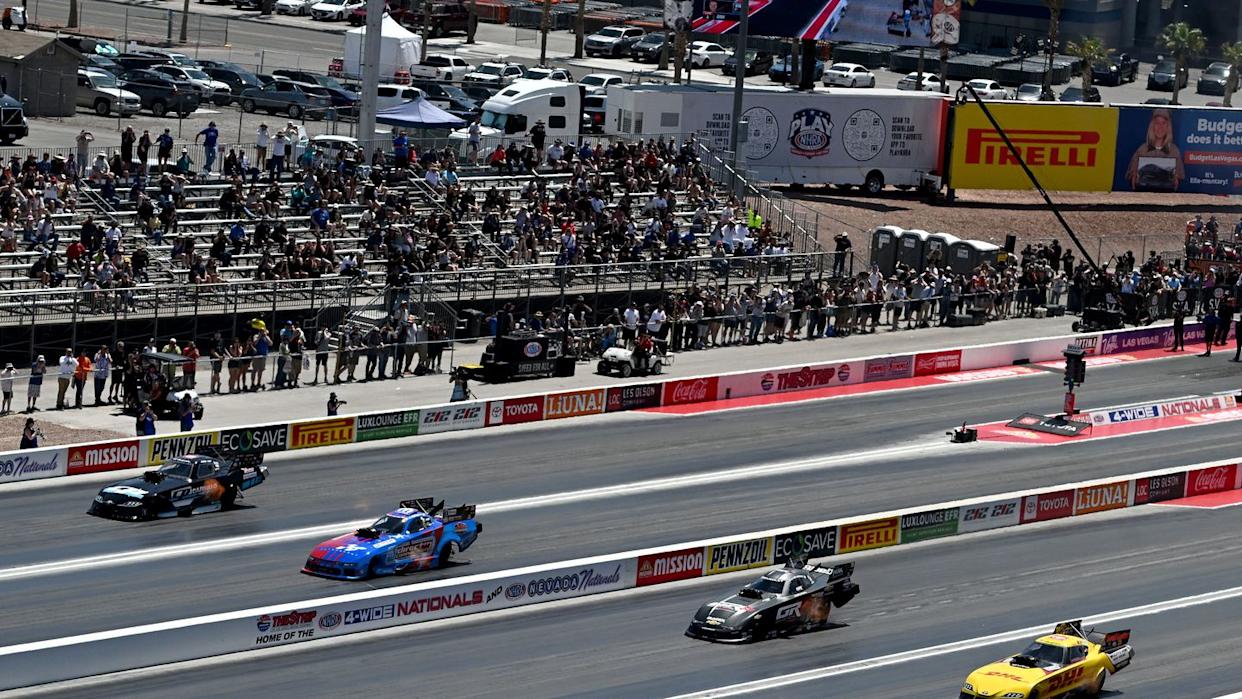




Comments